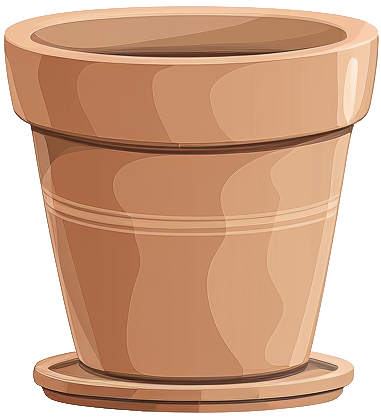- asplenium
- nidus

asplenium
nidus
nidus
Care level
Medium
Popularity
Star
The long, wavy leaves grow in a circular pattern forming a natural basket shape that wild birds sometimes use to build their nests in nature. Each new leaf unfurls from the center like a bright green ribbon, creating an ever-expanding rosette that looks stunning mounted on walls or perched on shelves.
Care & maintenance
Light
All areas of your interior that are roughly equidistant between shade and sun. These areas benefit from slight brightness throughout the day.
Temperature
Warm (64.4°F - 86°F)
Fertilization frequency
Low
Once per season.
Soil
Choose a Tropical plant mix: A rich, moisture-retentive blend with good aeration. Mimics the natural forest floor environment of tropical regions.
If you want to create your own substrate, you can make a mixture of the following soils:








Click on the soil name for more information.
Pot

Standard size
Prefer a pot with a classic width/depth ratio.
Incorrect or incomplete information?
In our goal of building the best plant database, we sometimes make mistakes or have incomplete information. You can help us fill these gaps!
Features
Size & growth
Medium
Upright
Slow growth
This plant grows slowly. It can reach 1 to 3 feet in height or spread.
It grows upwards without support.
Toxicity
| Cat | |||
|---|---|---|---|
| Dog | |||
| Human |
Reproduction & propagation
Fruits & flowers
Non-flowering & not self-pollinating
The asplenium nidus cannot produce flowers and therefore fruits.
This plant is not capable of self-pollination, it will not be able to produce fruits if it is not pollinated by another individual.


